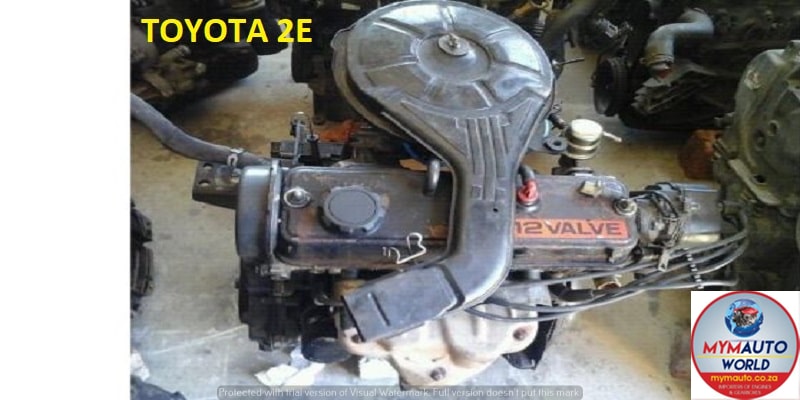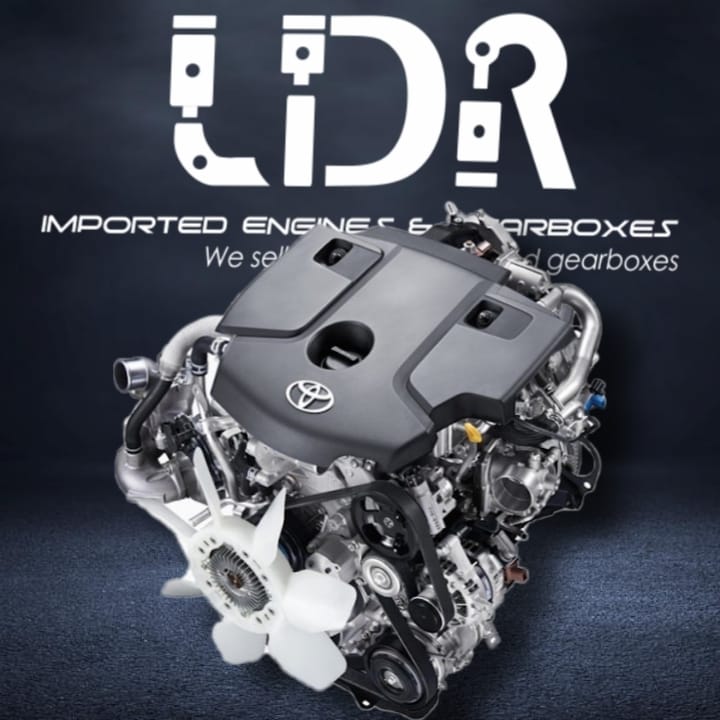Toyota Tazz: A Smart Investment for Those Seeking Low-Cost Maintenance
Toyota Tazz: A Smart Investment for Those Seeking Low-Cost Maintenance
Blog Article
Discover the current Patterns in Engine Innovation Via Tazz
In the rapidly advancing landscape of automotive technology, Tazz stands at the center, highlighting substantial improvements in engine systems that prioritize both technology and sustainability. From hybrid engines that maximize gas effectiveness to the development of hydrogen gas cells, the patterns shaping contemporary powertrains are not only improving performance yet likewise dealing with critical ecological difficulties.
Hybrid Engine Innovations
Hybrid engine technologies stand for a critical change in vehicle technology, incorporating the benefits of inner burning engines with electrical propulsion systems. This integration not just improves fuel efficiency however also lowers discharges, conference significantly strict ecological guidelines. By utilizing both energy resources, hybrid engines can enhance efficiency, delivering power when required while preserving fuel throughout less demanding motoring conditions.
Current advancements in hybrid modern technology consist of improvements in battery performance and regenerative braking systems. These advancements permit for higher power recuperation during slowdown, which can be rerouted to help in acceleration or power auxiliary systems. Producers are concentrating on light-weight products and compact styles to optimize the performance of hybrid powertrains.
The development of plug-in hybrids has likewise expanded the market, allowing motorists to bill their lorries using basic electric outlets. This feature typically enables significant all-electric range, further decreasing dependence on conventional fuels. tazz. As the automobile market remains to develop, hybrid engine modern technologies are anticipated to play a crucial role in bridging the void in between standard lorries and totally electrical designs, providing a transitional solution that deals with varied customer requirements and preferences
Advances in Electric Powertrains
The automotive landscape is swiftly advancing, with electric powertrains emerging as a leading pressure in sustainable transportation. Advances in electrical automobile (EV) innovation are considerably enhancing efficiency, user, and efficiency experience. Secret innovations consist of enhancements in battery chemistry, which have enhanced power density, reduced billing times, and extended general battery life.
Solid-state batteries, as an example, guarantee to revolutionize the marketplace by offering higher security and effectiveness compared to conventional lithium-ion cells. Furthermore, improvements in regenerative braking systems are allowing lorries to recuperate power during slowdown, adding to general efficiency.
In addition to battery innovation, electric motor layouts are becoming much more innovative. Innovations such as integrated electric motors and progressed thermal management systems are assisting to optimize power shipment and lower weight, ultimately enhancing automobile characteristics.

Jointly, these developments highlight the commitment to shift towards cleaner, more efficient transport services, positioning electric powertrains at the forefront of automobile innovation.
The Rise of Hydrogen Gas Cells
Significantly, hydrogen gas cells are acquiring traction as a viable alternative to traditional inner burning engines and battery electric vehicles. This modern technology uses the chemical energy stored in hydrogen, transforming it right into electrical power through an electrochemical response with oxygen. The main byproduct of this procedure is water, making hydrogen fuel cells an eco-friendly choice with zero exhausts at the tailpipe.

Car manufacturers are increasingly purchasing hydrogen gas cell modern technology, recognizing its potential for long-range applications and rapid refueling abilities that equal standard gas. Additionally, sectors such as durable transportation and public transportation are specifically fit for hydrogen fuel cells, where battery electrical remedies might fail as a result of weight and array limitations.
As research study and financial investment remain to increase, hydrogen gas cells click here to read are positioned to play a substantial duty in the future landscape of tidy transport and power remedies.
Enhancements in Internal Burning Engines
Technologies in inner burning engine (ICE) innovation are changing standard automobiles to satisfy contemporary environmental standards and performance assumptions. Among one of the most considerable enhancements involves the combination of sophisticated fuel injection systems. These systems maximize the air-fuel combination, enhancing combustion efficiency and resulting in lowered exhausts. Straight fuel shot, as an example, permits for far better atomization of gas, resulting in more full burning and enhanced power output.
In addition, turbocharging has gained importance, allowing smaller sized engines to deliver greater performance without the weight of bigger engines - tazz. This technology not just increases performance yet also adds to lower gas consumption. Variable shutoff timing systems are also being fine-tuned, enabling engines to adapt to numerous driving conditions for boosted torque and responsiveness
Furthermore, using lightweight products in engine building is coming to be conventional, more enhancing gas performance by decreasing total vehicle weight. Engine control systems (ECUs) are significantly sophisticated, allowing real-time adjustments that enhance efficiency and emissions.
These enhancements jointly indicate a critical change in ICE modern technology, aligning with global sustainability goals while still giving the efficiency vehicle drivers anticipate from their vehicles. As the industry develops, these click here to read renovations proceed to form the future of traditional automobile engineering.
Future Patterns in Engine Performance
Substantial advancements in engine efficiency are anticipated as suppliers focus on integrating advanced innovations to satisfy rigid ecological guidelines and customer needs. The shift towards electrification, hybrid systems, and alternate fuels is improving the auto landscape, driving technologies that boost gas economic situation and lower exhausts.
Among the crucial patterns is the application of sophisticated materials and manufacturing techniques. High-strength alloys and lightweight compounds add to minimized automobile weight, therefore improving overall Continued performance. In addition, the fostering of turbocharging and variable valve timing technologies permits boosted power result from smaller sized engines, additionally improving fuel economic situation.

Final Thought
Developments in hybrid engine systems, electrical powertrains, and hydrogen gas cells show a dedication to reducing emissions while enhancing performance. Enhancements in interior burning engines and an emphasis on light-weight products add to total engine performance.
From hybrid engines that optimize fuel efficiency to the development of hydrogen fuel cells, the patterns shaping modern-day powertrains are not just boosting efficiency yet additionally resolving critical environmental challenges.Hybrid engine innovations stand for a crucial change in auto modern technology, incorporating the advantages of interior burning engines with electrical propulsion systems.In addition, turbocharging has actually gotten importance, allowing smaller engines to deliver greater efficiency without the weight of larger engines. Additionally, the adoption of turbocharging and variable shutoff timing modern technologies allows for boosted power output from smaller engines, further boosting gas economic climate.
Improvements in internal burning engines and a focus on lightweight products contribute to overall engine performance.
Report this page